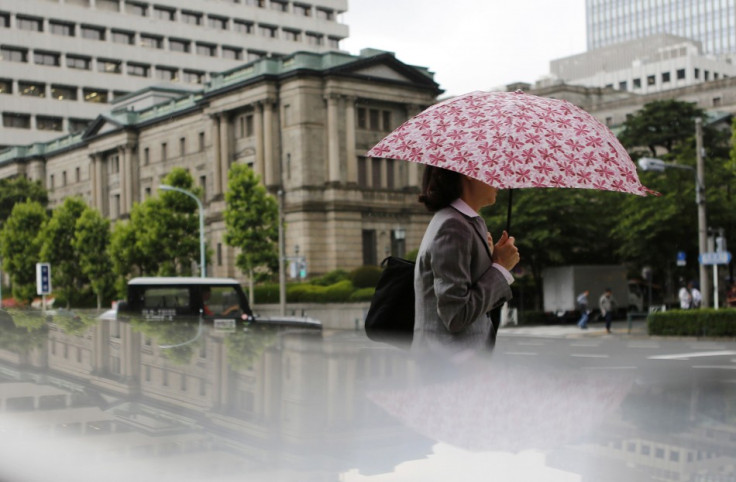Japan's Industrial Production Gathers Pace But Economy Still Mired in Deflation

Japan's industrial production picked up in April due to the yen's weakness, but core consumer prices continued to increase indicating persistent challenges to the Bank of Japan (BOJ) that targets an inflation rate of 2% in two years' time.
Core consumer prices, which include oil but exclude prices of fresh food, declined 0.4% in April from a year earlier, compared to a 0.5% fall in March, according to government data. The decline was for the sixth straight month.
The latest inflation data indicates that Prime Minister Shinzo Abe has still a long way to go to pull Japan out of 15 years of deflation with active government spending.
BOJ Governor Haruhiko Kuroda, who was appointed on the strong recommendation of Abe, has pledged to achieve a 2% inflation target in two years. In order to reach the target, the central bank had unleashed an aggressive stimulus programme in April, promising to inject $1.4tn (£923m/€1bn) into the economy.
Following the move, Japan's stock indices rose to five-year highs, but the bank's massive scale of bond buyback has resulted in further rise in bond yields, casting doubt on the effectiveness of the policy that is intended to lower borrowing costs.
Separately, the Ministry of Economy, Trade and Industry said that the country's industrial output increased 1.7% on month in April, a fifth consecutive monthly increase. The rate of growth compares to market forecast of a 0.6% increase and a 0.9% increase in March.
Japan experienced a pickup in exports, prompting companies to increase their production. Nevertheless, a survey conducted by the ministry revealed that manufacturers expect flat production in May and a fall of 1.4% in June.
Also, a private survey showed that May manufacturing activity expanded at the fastest pace in almost a year. The Markit/JMMA Japan Manufacturing Purchasing Managers Index showed a reading of 51.5, the highest since August, compared to 51.1 in April. A reading above 50 indicates an expansion in the sector.
Following a 0.9% increase in the first quarter, Japan's economy is expected to gain further in the coming quarters on the back of higher exports and private consumption. However, a string of weak data from the US and China, Japan's biggest export markets, indicates the existence of further hurdles on the recovery path.
The nation's jobless rate remained the same at a multi-year low of 4.1% in April, according to separate official data.
© Copyright IBTimes 2024. All rights reserved.






